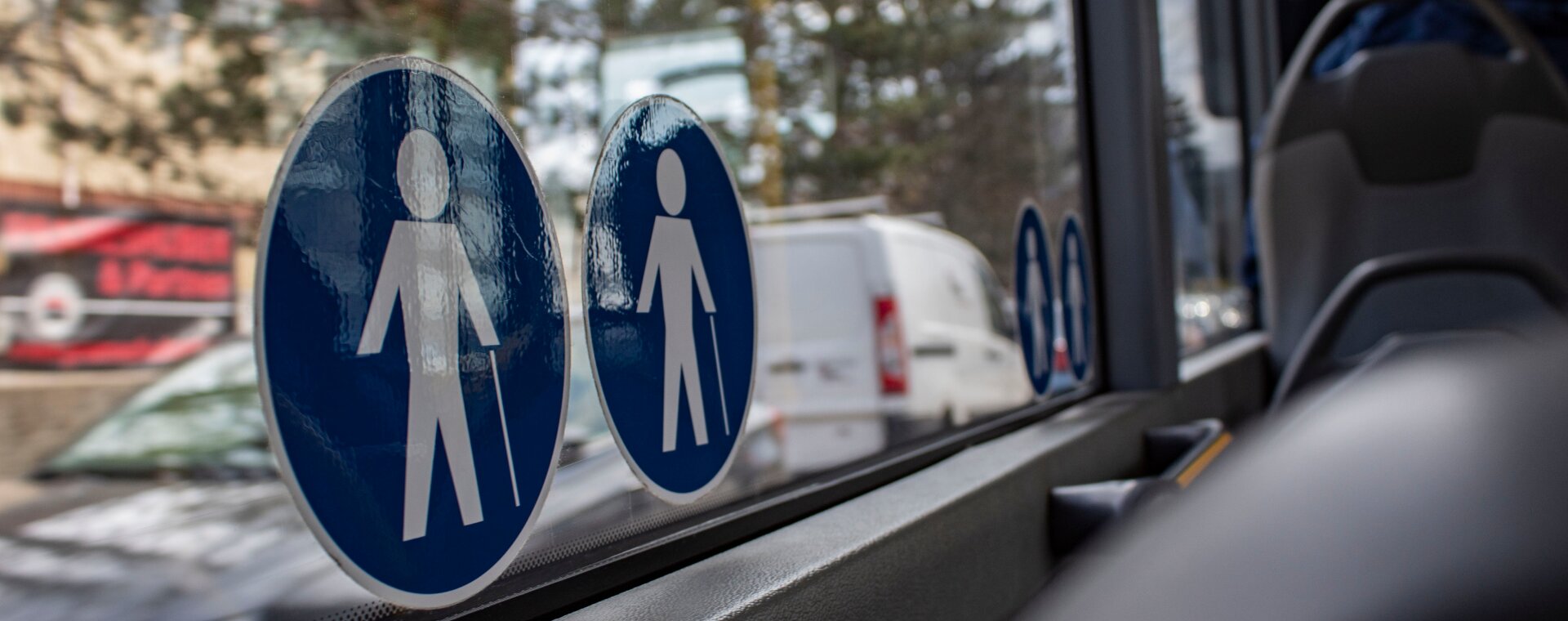Insights
Social Cohesion
Why mobility is crucial for social cohesion

Maintaining social cohesion is a major challenge for policy makers who should give mobility a central role in solutions for increasingly fragmented societies in Europe and beyond.
“We know that today societies are more divided than ever,” said Barbara Stoll, Director at the Clean Cities Campaign. “Urban mobility has a huge impact on human happiness and how humans come together.”
Shaping citizens’ well-being
“There’s a big leap from where we are to where we need to get to,” according to Stoll. “City leaders have a responsibility here because we know that whatever way we design our cities and with whatever opportunities we give citizens to move around, we can actually shape their well-being, their happiness and social cohesion.” Stoll said there were many ways to bring “the most marginalized” parts of the population on this journey. “It’s absolutely paramount that we take care of those that breathe the worst air because they live in the most polluted places,beside the worst roads, the most congested roads.”
Elke Van den Brandt, the Mobility Minister for the city of Brussels, said policy makers needed to create more public spaces “in which people feel welcome, in which they feel safe and which are healthy”.
While this approach represented a paradigm shift for many mobility experts, it was necessary to take the leap, she said. “Social inclusion doesn’t happen by itself.”
An inclusive transition
Several government initiatives have been implemented aimed at inclusion in the mobility transition. For example, a French government leasing scheme to allow poorer families access to electric vehicles at affordable prices.
The program was oversubscribed within weeks of being launched early this year, and paused after 50,000 agreements were signed.
The government said it may renew the scheme in 2025. “There is progress at the political level,” said Sebastien Bailleul, Director of Institutional and European Relations at Wimoov, an association for inclusive mobility.
Mobility as a right
A mobility framework law in France, for example, for the first time stated in 2020 that
“mobility is a right for everybody”, he told the Mobility Times.
Isabel Garcia Munoz, a European Parliament deputy, said she too believed that “mobility has to be a universal right, one that is a crucial precursor for the access to other basic rights, such as housing, work, education and health”. Garcia Munoz said there is a “conditionality” between efficient transport and well-planned infrastructure. “Without them, social cohesion simply doesn’t exist.” she said.
“We should invest in public transportation, improve the quality and the frequency of services, and engage citizens in using more sustainable transport solutions,” she said. Authorities should also introduce “cohesion proofing” into all transport policy decisions.
Successful grassroots action
Meanwhile, the process can also go “in the other direction”, where grassroots action for social cohesion fosters better mobility, remarked philosopher, economist and activist
Philippe Van Parijs.
“I spent literally hundreds of hours on two initiatives that ended up being successful and that are closely related to mobility,” Brussels-based Van Parijs told the Mobility Times.
One was the transformation of a five-lane motorway running through the European quarter in Brussels to make more space for cyclists and pedestrians, and the other an invitation to a movement of “civil disobedience” by organizing
picnics on the busy urban motorway that used to cross the centre of Brussels, which resulted eventually in its being pedestrianised. “It took a lot of lobbying, a lot of persistence with a group of young people supporting it and some courage on the part of the people in power,” Van Parijs said. “We had to persist, but in the end we got it.”
-
 Interview
Cars
Interview
Cars
What encourages people to choose public transportation over private cars?
Van den Brandt Elke, Minister for Mobility, Public Works and Road Safety within the government of the Brussels-Capital Region in Belgium
-
 Interview
Decarbonization
Interview
Decarbonization
How will rural areas adapt to the shift towards carbon-neutral mobility?
Caulfield Brian, Professor in transportation and Head of Department at Trinity College Dublin, Expert to the National Transport Authorithy (Ireland)
-
 Insights
Desirability
Insights
Desirability
How can we make local transport more attractive?
Karen Vancluysen, General secretary of the Polis network
Transport challenges have become increasingly urgent, encompassing concerns about pollution, noise, air quality, and the looming threat of climate change. -
 Interview
Desirability
Interview
Desirability
How to make local transport more attractive?
Susanne Eliasson, Co-founder & Architect GRAU (Good reasons to afford urbanism)
-
 Edito
Landscapes
Edito
Landscapes
What landscapes will we be able to contemplate from the windows of our public transit vehicles?
Jean Pierre Thibault, Director of the French section of the International Council on Monuments and Sites
When designing transportation structures, we must not neglect their visual impact.
